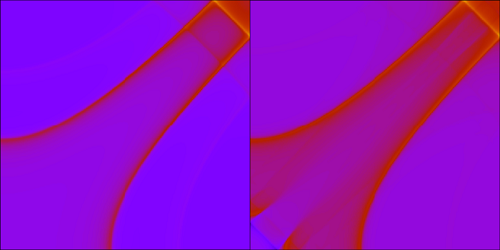Uncovering an Odd Form of Superconductivity
For more than a century, physicists have pondered the origin of superconductivity—the ability of certain materials to conduct electricity without resistance. Today, conventional superconductivity is fairly well understood, but other forms of the phenomenon remain mysterious. Debmalya Chakraborty and Annica Black-Schaffer at Uppsala University, Sweden, have proposed an experimental probe for one type of unconventional superconductivity [1]. The researchers hope that their technique will lead to a much better understanding of the phenomenon.
The mechanism behind superconductivity is the formation of particle-like entities called Cooper pairs—bound states of two electrons. Ordinary superconductivity involves even-frequency pairing, in which the Cooper pairs have an even symmetry with respect to time. Chakraborty and Black-Schaffer are concerned with odd-frequency pairing, whereby the pairs have an odd symmetry in time. Odd-frequency pairing is thought to exist in many superconducting systems—including in structures that combine superconductors with magnetic materials—but until now, scientists have lacked a method for directly detecting it.
The approach proposed by Chakraborty and Black-Schaffer involves applying scanning tunneling microscopy and spectroscopy to a superconductor and then running the output through a mathematical process called a Fourier transform. The result contains quantum interference patterns caused by the inevitable presence of impurities in the superconductor. Crucially, these patterns have distinct features that can reveal the existence or the absence of odd-frequency pairing. The researchers say that their method could be applied to a wide range of superconductors and used to study how odd-frequency pairing affects key material properties such as the stability of the superconducting state.
–Ryan Wilkinson
Ryan Wilkinson is a Corresponding Editor for Physics Magazine based in Durham, UK.
References
- D. Chakraborty and A. M. Black-Schaffer, “Quasiparticle interference as a direct experimental probe of bulk odd-frequency superconducting pairing,” Phys. Rev. Lett. 129, 247001 (2022).




